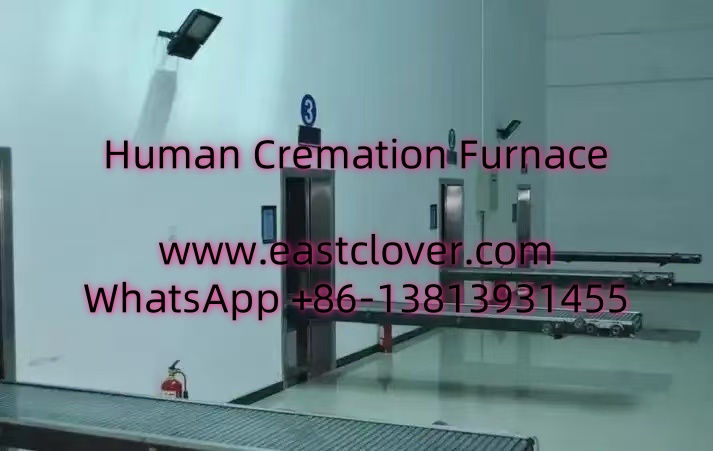The Evolution of Pet Cremation
As pet ownership grows globally, so does the need for compassionate and sustainable end-of-life solutions. Traditional pet cremation methods, while widely used, have raised environmental concerns due to energy consumption and emissions. Advanced cremation technologies and eco-innovations are now addressing these challenges, offering greener alternatives that honor pets while protecting the planet.
Traditional Cremation: A Cost to the Environment
Conventional pet cremation furnaces rely on fossil fuels like natural gas or propane, operating at temperatures between 1,400°F and 1,800°F. These systems often lack efficient filtration, releasing pollutants such as:
- Particulate Matter (PM): Ash and soot contributing to air quality degradation.
- Carbon Dioxide (CO₂): A primary greenhouse gas emitted during combustion.
- Dioxins and Furans: Toxic byproducts from incomplete combustion of organic materials.
Studies estimate that a single traditional pet cremation releases approximately 20–40 kg of CO₂, with older furnaces consuming up to 30% more energy than modern systems.
Cutting-Edge Cremation Technologies
High-Efficiency Combustion Systems
Modern furnaces incorporate secondary combustion chambers and optimized airflow designs, ensuring complete fuel burn. This reduces fuel consumption by up to 50% and slashes CO₂ emissions. For example, “dual-stage” systems reignite unburned gases, achieving near-total combustion efficiency.
Advanced Filtration Systems
Multi-stage filtration technologies now capture up to 99% of pollutants:
- Catalytic Converters: Break down harmful gases like nitrogen oxides (NOₓ).
- HEPA Filters: Trap fine particulate matter.
- Wet Scrubbers: Neutralize acidic gases using alkaline solutions.
Renewable Energy Integration
Innovators are transitioning to cleaner energy sources:
- Electric furnaces powered by solar or wind energy.
- Biofuel-compatible systems using sustainable alternatives like biodiesel.
Smart Automation
IoT-enabled sensors monitor temperature, emissions, and fuel use in real time, adjusting settings for peak efficiency. Predictive maintenance algorithms further reduce downtime and resource waste.
Complementary Sustainable Practices
- Biodegradable Urns: Materials like recycled paper, bamboo, or seed-infused clay that decompose naturally.
- Metal Reclamation: Recycling surgical implants and metals from ashes, diverting waste from landfills.
- Carbon Offset Programs: Some providers invest in reforestation or renewable energy projects to neutralize remaining emissions.
- Digital Memorials: Online platforms reduce the need for physical memorial products.
A Sustainable Future for Pet Memorialization
The pet cremation industry is undergoing a green revolution, driven by technological advancements and eco-conscious demand. From energy-efficient furnaces to circular economy practices, these innovations significantly lower environmental impact without compromising dignity. As renewable energy becomes more accessible and regulations tighten, pet cremation is poised to become a leader in sustainable end-of-life care.
Frequently Asked Questions
How much do advanced cremation systems reduce emissions?
Modern systems can cut CO₂ emissions by 40–60% compared to traditional models, with particulate matter reduced by over 90% through advanced filtration.
Are eco-friendly urns truly biodegradable?
Certified biodegradable urns decompose within 6–18 months in soil, depending on materials. Look for certifications like ASTM D6400 for compostability.
Is green cremation more expensive?
While initial costs are 10–20% higher, many providers offset this through energy savings. Some governments offer tax incentives for adopting green technologies.
What happens to pet implants during cremation?
Stainless steel or titanium implants are recovered post-cremation and recycled. Advanced magnetic separation ensures 98% metal recovery rates.
How can I verify a crematory’s eco-claims?
Request third-party certifications like ISO 14001 (environmental management) or check membership in organizations like the Green Burial Council.

Comments are closed